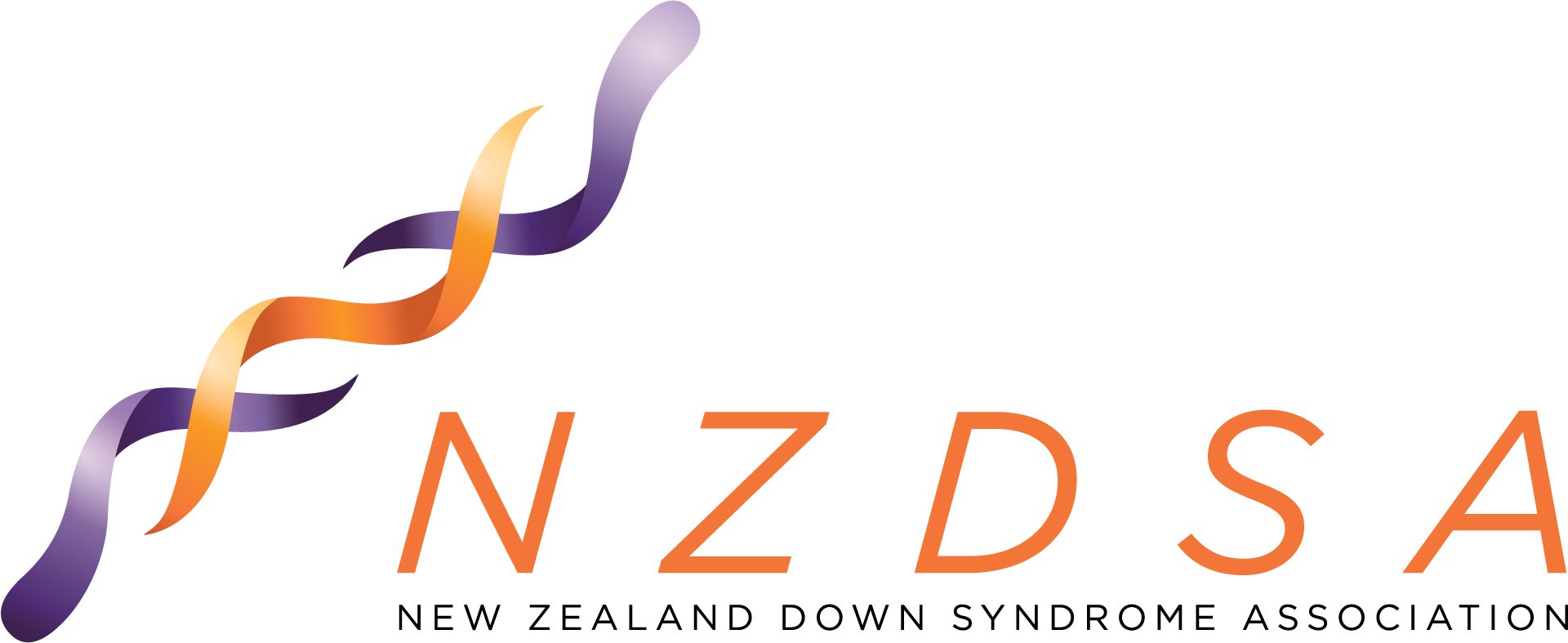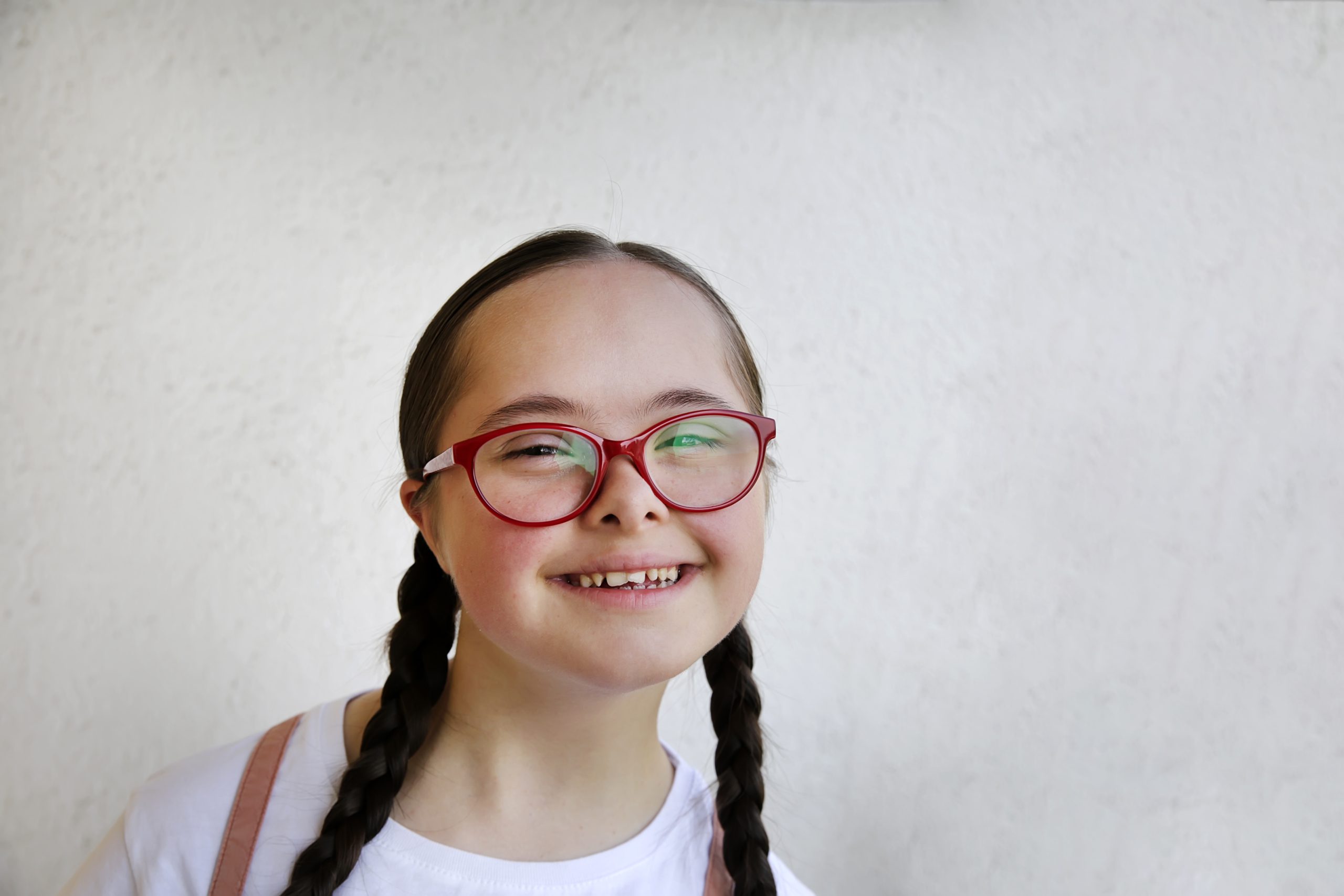When we hear the term ‘dual diagnosis’ used, it often refers to a diagnosis of both Down syndrome and Autism. Framing something as a dual diagnosis has many benefits, primarily because something like Autism will present differently in an individual with Down syndrome than it might for someone without that particular dual diagnosis. Factoring this in can lead to earlier and more reliable diagnoses, and better support for that individual’s needs going forward.
However, Autism is not the only condition that can be diagnosed alongside Down syndrome and understood differently as a result. In this very brief overview, we’ll explore some of the most common diagnoses that can come alongside Down syndrome.
For many of these conditions, diagnosis is more challenging than in other populations because of the overlap of characteristics. However, in almost all instances, diagnosis can lead to treatments that mitigate the characteristics of the non-DS diagnosis, or even eliminate some of the harmful health effects. This is definitely not exhaustive, so if you’re concerned about a possible dual diagnosis for someone with Down syndrome in your life, then check out the additional resources and speak to your doctor.
It’s important to note that most of the conditions below, as well as Down syndrome, have different characteristics for every individual. The characteristics discussed below are indicative only.
Autism
This is challenging to diagnose in the general population, but as speech delay is a significant part of the diagnostic process, it can be even harder to identify in a person with Down syndrome. In addition, people with Down syndrome and Autism can show more social interest in peers than Autistic people who don’t have Down syndrome. However, diagnosis can lead to greater support, additional networks, additional funding, and better understanding for someone with this dual diagnosis. One characteristic that might set Autism apart from Down syndrome is repetitive body movements, another could be lack of eye contact or socialising compared to others of a similar age who also have Down syndrome, and greater sensitivity to things like loud noises or certain smells, tastes, or textures. Because Autism is comparatively common, there are many excellent organisations and resources that can support Autistic people and their whānau, and NZDSA is also working on a resource for those with this dual diagnosis. Check out Autism NZ and some of their exciting programmes for example.
Coeliac disease
As with Autism, common characteristics shared with Down syndrome such as delayed physical growth can make this challenging to diagnose. However, the rewards of doing so are again significant, as people with this condition can recover completely by removing gluten from their diets. If a child or young adult with Down syndrome is growing at a rate below the growth charts for children with Down syndrome, or they are past the toddler stage and still not growing much hair, then these can be indicative of coeliac disease, and blood tests and/or biopsies can be carried out to confirm the diagnosis. NZDSA has a free resource on coeliac disease and Down syndrome on our website that comes with some great gluten-free recipes as well.
Sleep apnoea
This condition causes difficulty breathing during sleep, and occurs more frequently in people with Down syndrome because of physiological characteristics. Diagnosis and treatment can lead to improved concentration, better cognitive development, better sleep, better memory, better heart health, and even fewer tantrums in little ones! So if someone with Down syndrome is snoring, experiencing restless sleep, or is excessively sleepy during the day, then a diagnosis of sleep apnoea could make a big difference. Treatments include removing tonsils and adenoids, using CPAP or BiPAP machines, or a new treatment called Hypoglossal Nerve Stimulation. The National Down Syndrome Society in the US has a helpful section called “Sleep and Down Syndrome” on their website to have a look at.
Vision impairment
This field of dual diagnosis has the benefit of a dedicated team of researchers in Wales called the Down Syndrome Vision Research Unit, so we have plenty of great information about this one! For instance, we know that many children with Down syndrome don’t reach the same level of detail vision (visual acuity) as other children the same age, as they often don’t grow out of the visual defects that all infants are born with. Visual impairment can lead to difficulty with early literacy and make participating in games that require visual skills like ball games or puzzles difficult, so an early diagnosis is very helpful. However, as many of you will know (and as I recall myself from having glasses from age seven!) getting a small person to utilise glasses can be a big challenge. Fortunately, NZDSA has a resource about this very topic on our website that can help you get your little one used to glasses.

